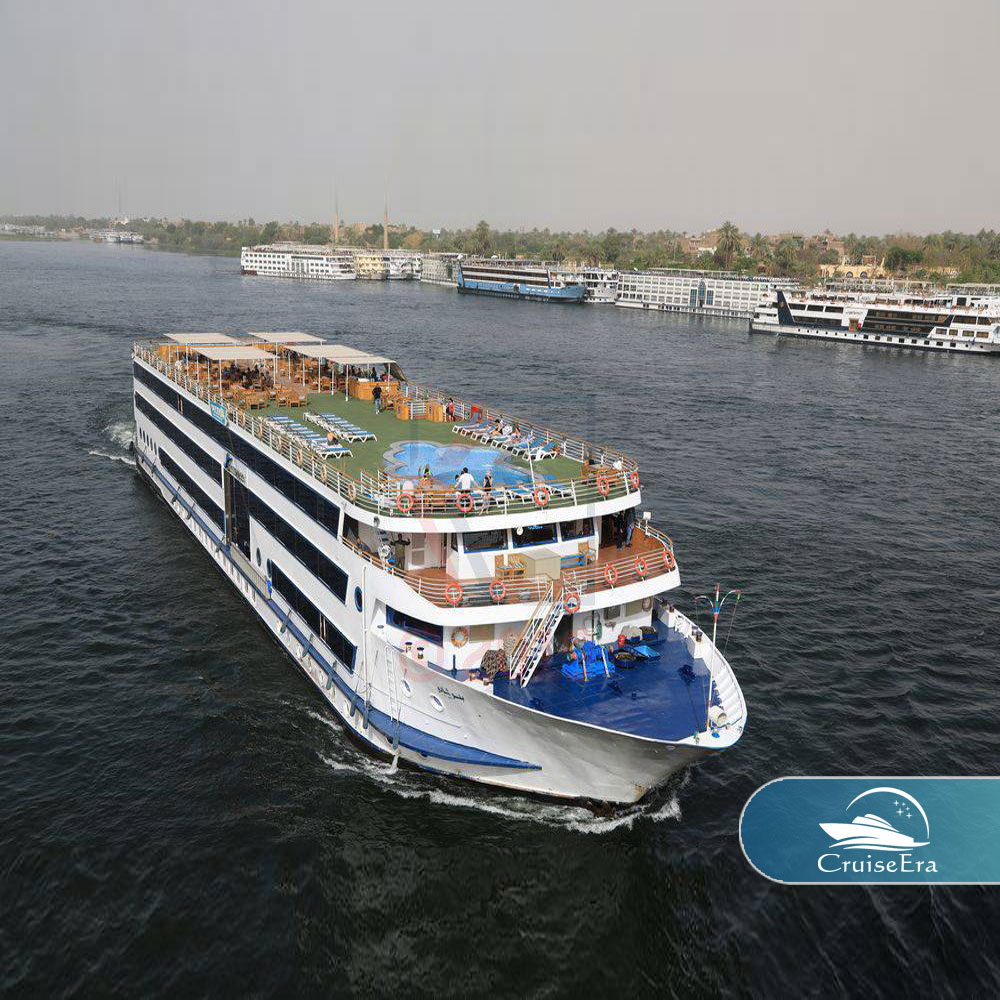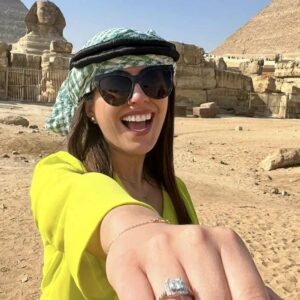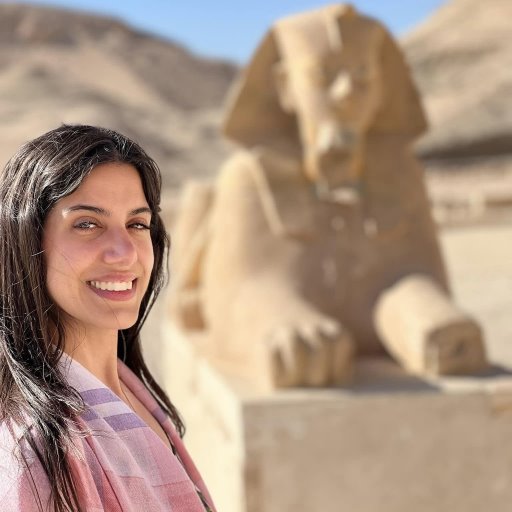Valley of the kings
At the beginning of the twentieth century, an American lawyer named Theodore Davis succeeded in obtaining permission to excavate in an area in Egypt in Luxor Governorate called the Valley of the Kings. His team was led by a British Egyptologist called Edward Russell Ayrton. They succeeded in uncovering royal and non-royal tombs. They also found Evidence of the Amarna era cemetery and other things. They announced the end of exploration in the Valley of the Kings forever, and the inability to find any tombs or other antiquities in the Valley of the Kings.
In 1912 AD, Theodore Davies published a book entitled “The Tombs of Horemheb and Tutankhamun,” and he commented on the last page, saying, “I believe that the Valley of the Kings has been completely exhausted.”
As soon as 1915 AD came (and Davies had died by then), George Herbert (Earl Carnerophone V) He was granted the right to search and excavate in the Valley of the Kings, and he appointed Howard Carter as the head of his team.
This team, led by Carter, found the greatest discovery ever made by a Western scientist in Egypt: the tomb of Tutankhamun, called Tomb 62, in November 1922 AD.
This exciting story is only the beginning of a more interesting story, shrouded in mystery in all its aspects, and surrounded by historical excitement, which is the story of the Valley of the Kings.
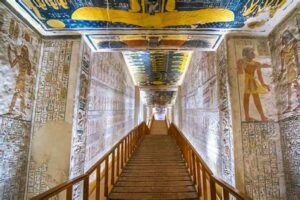
Introduction to the Valley of the Kings
Also known as “The Valley of the Kings,” it is located on the western bank of the mighty Nile River, in or opposite the city of Luxor (ancient Thebes).
During the Eighteenth and even Twentieth Dynasties in ancient Egypt, the tombs of the Pharaoh kings and nobles were built with great care in this valley, and it is considered the main cemetery of the Pharaohs.
What does the Valley of the Kings contain?
The Valley of the Kings contains more than 63 tombs, in addition to 20 incomplete tombs, and is divided into two parts. The eastern part is the most famous because it contains most of the royal tombs, and the western part.
The reason for choosing the location of Valley of the kings
The Pharaohs chose the West of the Nile to be the location of the Valley of the Kings, because the West was associated with the ancient Egyptians’ funerary concepts with eternal life and resurrection. The kings of the state were buried under the top of a pyramid-shaped rocky cliff surrounding the valley because the pyramid also symbolized resurrection and eternal life to them.
Thebes planning project…
What is the Valley of the Kings made of?
The Valley of the Kings consists of 63 tombs, some of which are complete and what are incomplete, and what belongs to kings and what is to non-kings, but one thing brings them all together, which is that they were all opened and plundered in ancient times, except for the tomb of Tutankhamun.
Tutankhamun’s tomb
“It was discovered by Howard Carter in 1922 AD, and it is known as Tomb 62. Its fame derived from the fact that it was completely discovered, as well as because of the great treasures found in it, and because of the story of the curse of the Pharaohs that was spread around it. Tomb 63, or the last burial chamber, was discovered much later, in 2006.
Composition of the Valley of the Kings Tombs
63 tombs of varying sizes and shapes, ranging from a small hole in the ground to a complex tomb containing more than 120 chambers buried inside. All of these tombs were used to bury kings and princes, as well as some nobles and those related to the ruling family at that time. The royal tombs contain ancient religious and Egyptian inscriptions and drawings that illustrate the religious beliefs and memorial ceremonies of that time. Although all of these graves were looted in the past, they provide compelling evidence of the power and prosperity of the kings of that time.
Cemetery Protection Forces
The relative isolation of the Valley of the Kings site made it difficult for thieves and gravediggers to reach it, which helped the royal forces specializing in protecting the graves (the Medjai) protect the entire funerary city. By the way, these Madjays were portrayed in the famous movie The Mummy Returns.
Cemetery of Setnakht
Setnakht began digging his tomb (Tomb No. 11), then work on it stopped due to their penetration of the tomb of Amun Mesu. He had no choice but to seize and usurp (Tomb No. 11) the property of Queen Tausert, and Ramesses III completed what his father had done before.
Sacred texts of the Pharaohs in the tombs of Thebes
You find texts from the Book of Caves, and the full texts of this book were found there, and the Book of the Earth and the Prayer of Ra were also found. It is worth noting that there are open graves, unoccupied graves, and graves whose owner’s identity has not yet been determined.
Attempts to use open graves
With the end of the New Kingdom era, the power and control of the kings over most of the southern regions weakened, so Benzoum I, the high priest of Amun at Thebes, added his own cartouche to the tomb 4 To announce his seizure of it, attempts to plunder the valley increased, so the priests of Amun moved the mummies and removed the gold from them to protect them from thieves. They moved all the mummies to the Deir el-Bahari area in what is known as the Deir el-Bahari cache in the hills overlooking the famous Temple of Hatshepsut. In successive eras, most of the open cemeteries were used to bury people who did not belong to the ruling families, and the Copts used them in the Coptic era in Egypt as churches, stables, and even houses to live in.
Cemeteries surviving thieves
Only the tomb of Tutankhamun, the tomb of Yuya and Tuya, and the newly discovered cemetery of Qom 63 were spared and escaped from the thieves and grave diggers, despite the fact that the tomb of Tutankhamun and the tomb of Yuya and Tuya were stormed shortly after the burial of their owners, even though they were not harmed.
Cemeteries available for tourism and visiting
Most of the tombs are not allowed to be visited.
Only 18 cemeteries are allowed to be visited, and they are rarely allowed to be visited at the same time. Cemeteries undergoing restoration and repair are also closed.
Finally:
The Valley of the Kings is not just a burial site, but rather a place filled with complex artwork and elaborate and wonderful inscriptions, depicting the beliefs of the Pharaohs and how they prepared for life after death, their belief in resurrection and the afterlife, as well as their beliefs and funerary traditions.
Egypt Tours plus Valley of the kings
-
Transporte
Hospedagem
Restaurante
AC
Sun Deck-Bar
Discoteca
Piscina
Internet
Fax
-
From $1440 🎗 10% OFFAswan, Cairo, Egypt, Luxor

 Sale! Add to cart
7 Days Deluxe Nile cruise + Domestic Flights
Sale! Add to cart
7 Days Deluxe Nile cruise + Domestic Flights7 Days Tour To Egypt with Cairo, Aswan, Luxor, and Nile Cruise
Rated 0 out of 5Nile Cruise$2,000.00$1,600.00Transporte
Guia turístico particular
Hospedagem
Restaurante
AC
Sun Deck-Bar
Discoteca
Piscina
Internet
Fax
Geladeira
Telefone
Chuveiro
Secador de cabelo
Seguro
TV
Biblioteca
-
From $2340 🎗 10% OFFAbu Simbel, Aswan, Cairo, Egypt, Hurghada, Luxor

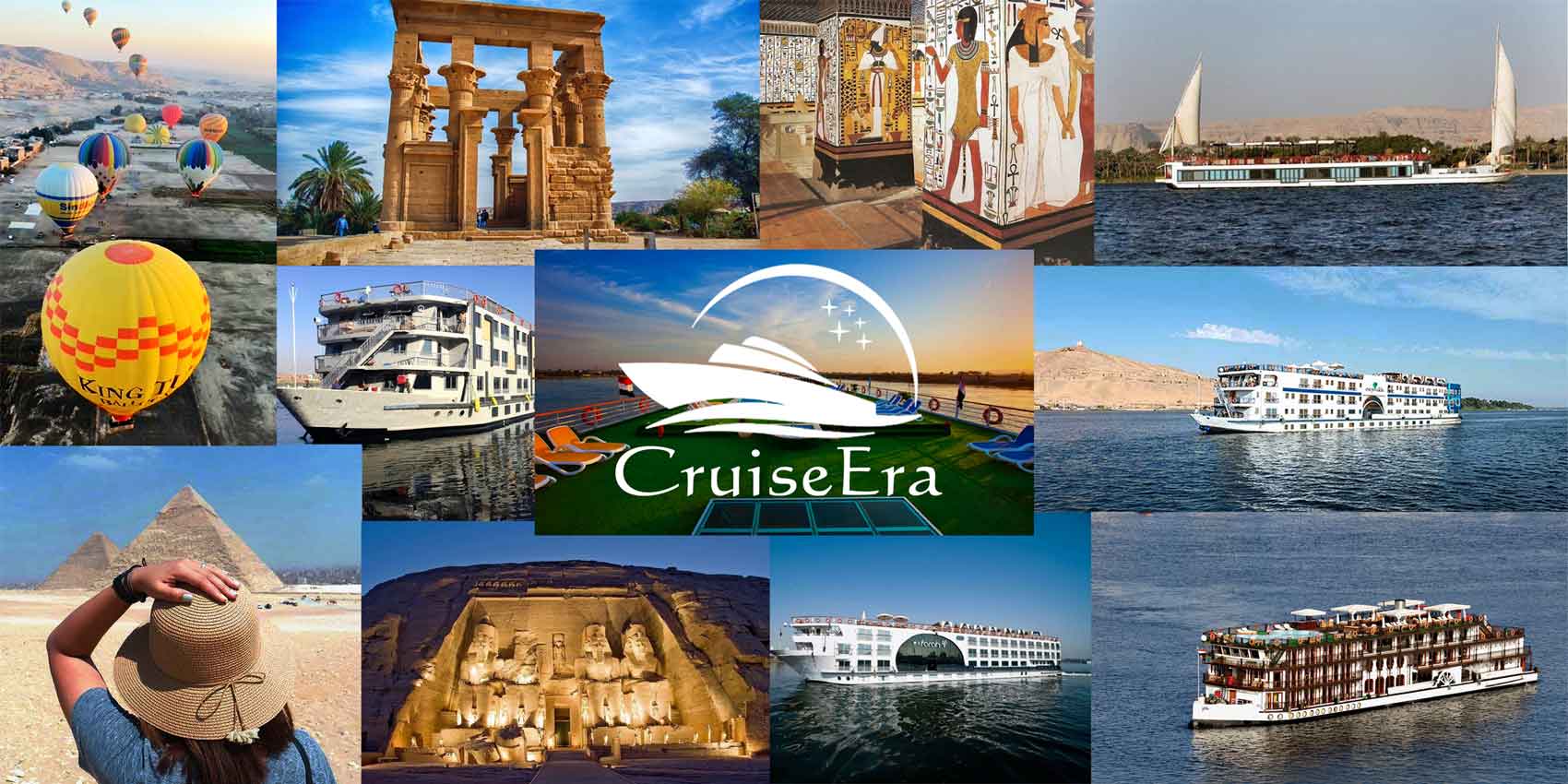 Sale! Add to cart
12 Days Deluxe Nile cruise + Train
Sale! Add to cart
12 Days Deluxe Nile cruise + Train12 Days Egypt Tour Package with Nile Cruise and Hurghada Holiday
Rated 5.00 out of 5Cairo and Abu Simbel Tour packages$2,900.00$2,600.00AC
Sun Deck-Bar
Internet
Fax
-
From $1440 🎗 10% OFFAbu Simbel, Aswan, Cairo, Egypt, Luxor
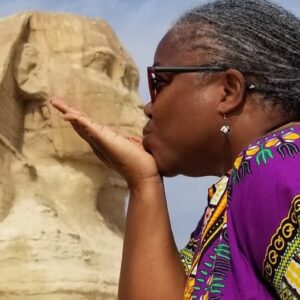
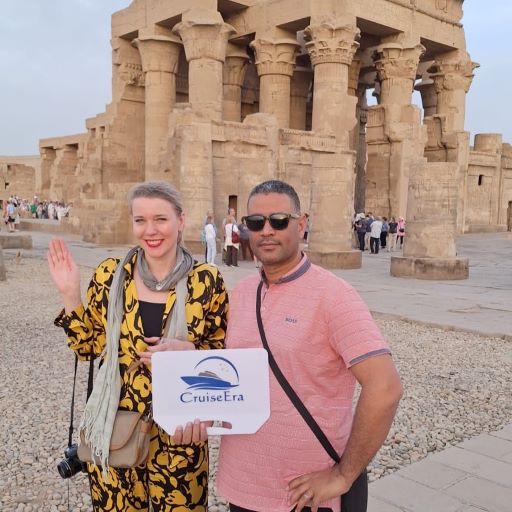 Sale! Add to cart
7 Days Deluxe Nile cruise + Domestic Flights
Sale! Add to cart
7 Days Deluxe Nile cruise + Domestic Flights7 Days Egypt Tour Package With Cairo and Nile Cruise
Rated 0 out of 5Nile Cruise$1,800.00$1,600.00AC
Sun Deck-Bar
Internet
Fax
-
4 Days Egypt Tour To Cairo and Luxor with airfare
Rated 5.00 out of 5Cairo and Luxor Tour Packages$1,100.00$990.00Sun Deck-Bar
Internet
Fax
-
From $540 🎗 10% OFFAbu Simbel, Aswan, Egypt, Luxor
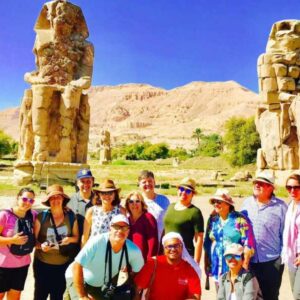
 Sale! Add to cart
3 Days Air-conditioned modern Van
Sale! Add to cart
3 Days Air-conditioned modern Van3 days Luxor aswan and Abu simbel Tour Package
Rated 5.00 out of 5Egypt Tour Packages$700.00$600.00Sun Deck-Bar
Internet
Fax


